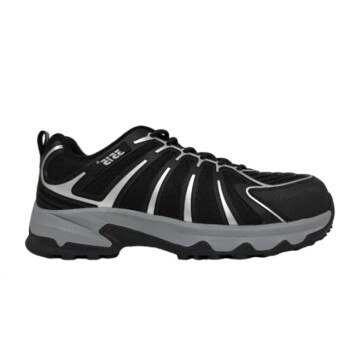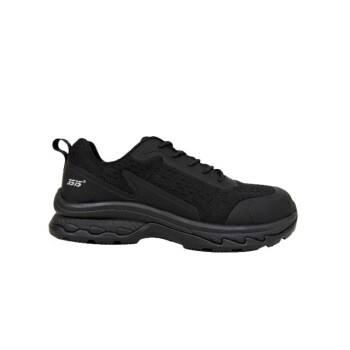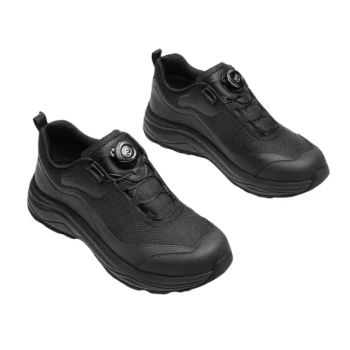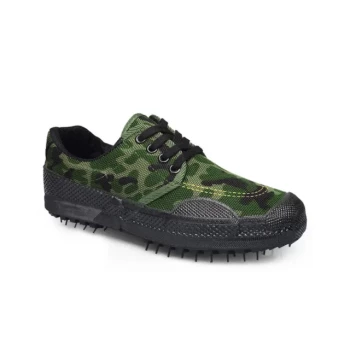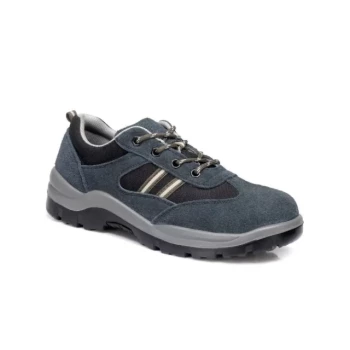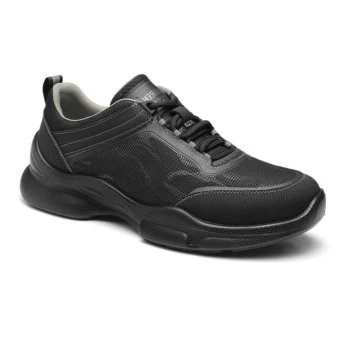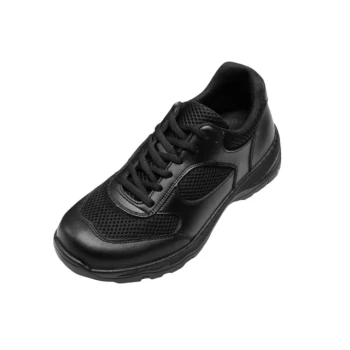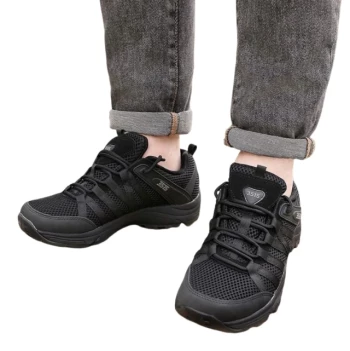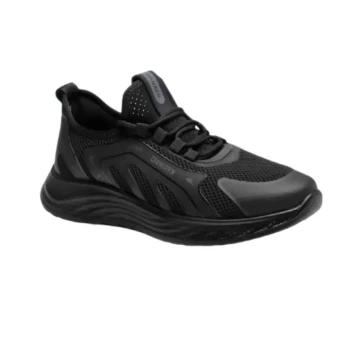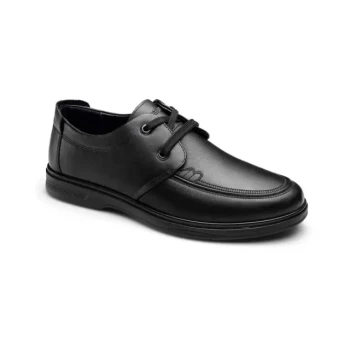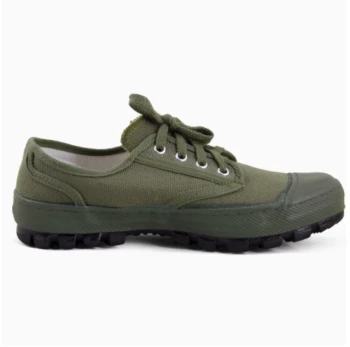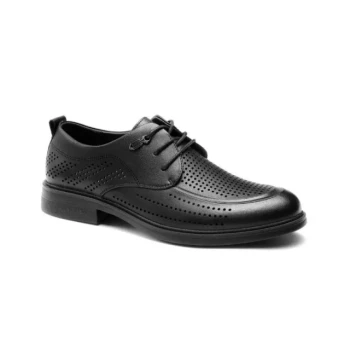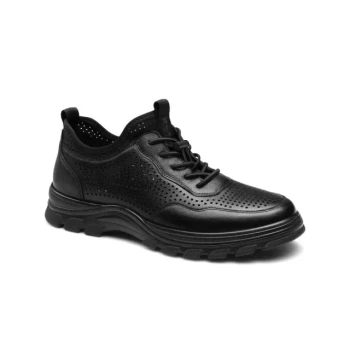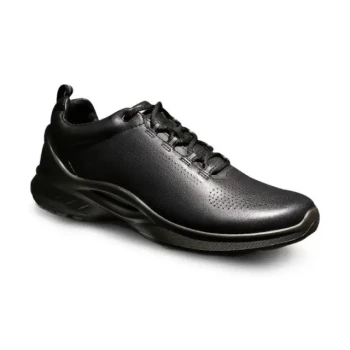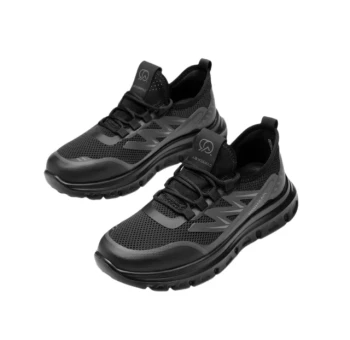Simply put, a lug pattern is the specific arrangement of tread on the bottom of your hiking shoe. Each of these protruding rubber shapes is called a "lug," and its size, shape, and spacing are engineered to provide traction on different surfaces. The design of this pattern directly determines how well your footwear will grip the ground, especially on challenging terrain like mud, loose dirt, or wet rock.
The lug pattern is not just a design detail; it is the primary interface between you and the trail. Understanding it is a matter of safety and performance, as the wrong pattern can lead to slips in muddy conditions or instability on hard surfaces.
The Anatomy of Grip: Lugs and Outsoles
To truly understand why the pattern matters, you must first understand its components and how they function as part of the shoe's outsole—the rugged, protective bottom layer.
What Are Lugs?
Lugs are the individual, protruding chunks of rubber that make up the tread. Think of them as the "teeth" of your shoe.
Their job is to bite into the ground, providing the friction necessary to keep you stable and moving forward.
The Critical Role of Lug Spacing
The distance between each lug is as important as the lug itself. This spacing dictates how the shoe interacts with different types of ground.
Deeper, widely-spaced lugs are ideal for soft terrain like mud and loose dirt. The wide channels prevent mud from getting clogged, allowing the lugs to continuously dig in for grip.
Shorter, more numerous lugs create more surface area contact. This is better for gripping hard, continuous surfaces like packed trails or solid rock slabs.
The Outsole as a System
The lugs are part of the larger outsole, which is designed to be stiff and rugged. This entire system works together to protect your feet from sharp objects while providing a stable platform for walking.
A more aggressive lug pattern is often paired with a stiffer outsole to handle more demanding terrain.
Matching the Pattern to Your Terrain
The central challenge is selecting a lug pattern that aligns with the environment you hike in most often. A mismatched pattern can significantly compromise your stability.
For Muddy and Loose Trails
On these surfaces, traction is paramount. You need a shoe with large, deep lugs that are spaced far apart.
This aggressive pattern acts like cleats, digging into the soft ground to provide a secure foothold and shedding debris efficiently.
For Hard-Packed and Rocky Surfaces
On groomed trails or when scrambling over rock, your goal is to maximize the rubber contact with the ground.
A pattern with smaller, more closely-packed lugs is superior here. It provides a larger, more consistent surface area for friction-based grip, much like the tire on a race car.
Understanding the Trade-offs
Choosing footwear is never about a single feature. The lug pattern is part of a package with inherent compromises you must consider.
Flexibility vs. Stability
Hiking shoes with aggressive, deep lugs are often built on a stiffer midsole and outsole. This provides excellent stability on uneven ground but reduces flexibility and agility.
In contrast, lighter hiking shoes and trail runners have more flexible soles and less aggressive lugs, prioritizing speed and balance over raw protection.
Weight vs. Durability
A rugged outsole with deep, thick lugs is heavier and more durable. These shoes are built to last for hundreds of miles on rough terrain.
Lighter footwear, by definition, uses less material in the outsole. This makes it faster and more breathable but often reduces the shoe's overall lifespan.
Ankle Support
While lug patterns relate to grip, the cut of the shoe relates to support. Hiking shoes are low-cut, offering more flexibility but less ankle protection than high-cut hiking boots.
Your choice between a shoe and a boot often depends on the ruggedness of the terrain and your personal history with ankle injuries, regardless of the lug pattern.
Making the Right Choice for Your Goal
Ultimately, your ideal lug pattern is determined by your primary hiking activity. Use your intended use as your guide.
- If your primary focus is day hiking on maintained trails: A balanced, all-purpose lug pattern on a flexible hiking shoe offers the best combination of comfort and grip.
- If your primary focus is backpacking or tackling wet, muddy terrain: Prioritize a shoe or boot with deep, widely-spaced lugs for maximum traction and stability under load.
- If your primary focus is speed and agility: A trail-running shoe with a less aggressive, multi-directional lug pattern will provide sufficient grip without unnecessary weight.
Choosing the right footwear begins with understanding how its design connects you to the earth.
Summary Table:
| Terrain Type | Recommended Lug Pattern | Key Benefit |
|---|---|---|
| Muddy & Loose Trails | Deep, widely-spaced lugs | Prevents clogging, digs in for superior grip |
| Hard-Packed & Rocky Surfaces | Shorter, closely-packed lugs | Maximizes surface contact for friction-based stability |
| All-Purpose/General Hiking | Balanced, multi-directional pattern | Offers a versatile blend of comfort and reliable traction |
Ready to equip your customers with the perfect grip? As a large-scale manufacturer, 3515 produces a comprehensive range of hiking footwear for distributors, brand owners, and bulk clients. Our production capabilities encompass all types of shoes and boots, engineered with precise lug patterns for any terrain. Let's discuss how we can provide durable, high-performance footwear for your market. Contact our team today to start a partnership.
Related Products
- Premium KPU Athletic Safety Shoes for Wholesale
- Durable Rubber-Soled Utility Shoes for Wholesale & Custom Brand Manufacturing
- Premium Lightweight Safety Shoes for Wholesale & Bulk Orders
- Wholesale Training Shoes with Dial Lacing System Custom OEM Manufacturing
- Wholesale Durable Camouflage Canvas Shoes with High-Traction Cleated Rubber Sole
People Also Ask
- What types of workplace hazards require protective footwear? Essential Guide for Workplace Safety
- What does a green triangle symbol on safety footwear mean? Your Guide to Maximum Puncture & Impact Protection
- Why is expert help recommended when selecting safety shoes? Ensure Perfect Fit & Hazard Protection
- What are the EN ISO 20345 norms for safety shoes? A Guide to Choosing the Right Protection
- Why is slip resistance important in safety footwear? Prevent Costly Workplace Slips and Falls
